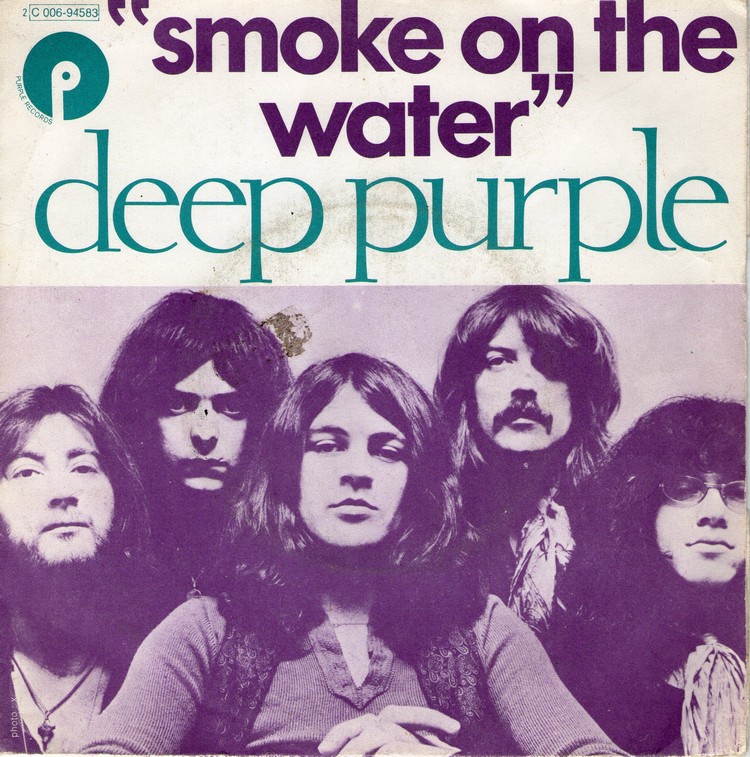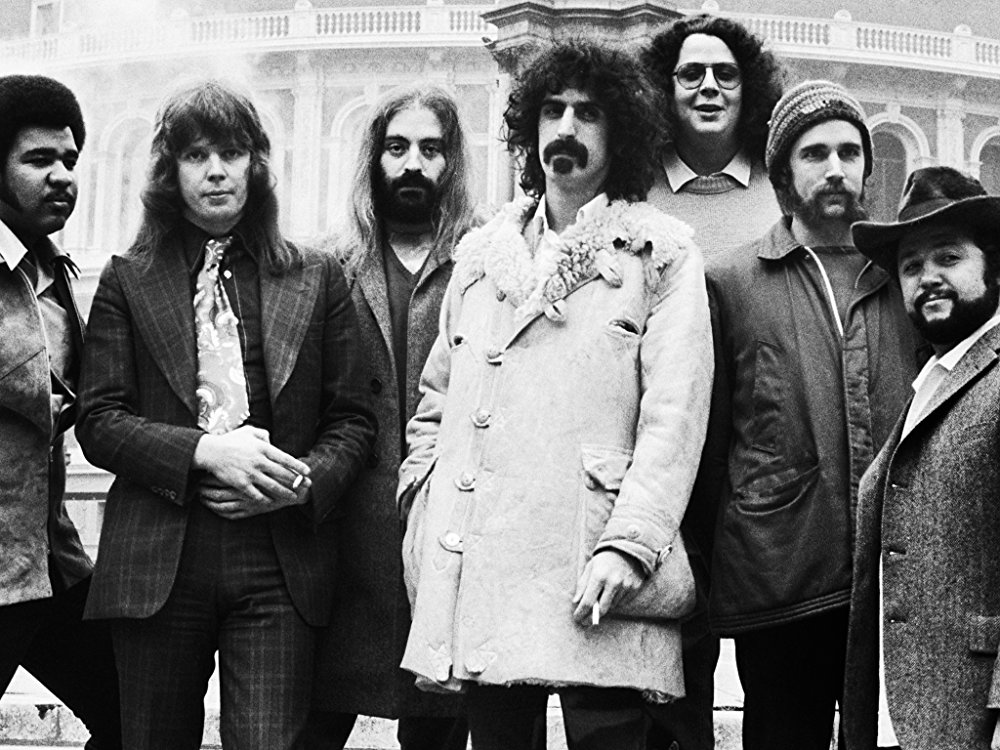
Wauwilermoos was an internment camp as well as a prisoner-of-war penal camp during World War II in Switzerland, situated in the municipalities of Wauwil and Egolzwil in the Canton of Luzern. Established in 1940, Wauwilermoos was a penal camp for internees, including Allied soldiers during World War II, among them members of the United States Army Air Forces, who were sentenced for attempting to escape from other Swiss camps for interned soldiers, or other offences. In addition to Hünenberg and Les Diablerets, Wauwilermoos was one of three Swiss penal camps for internees that were established in Switzerland during World War II. The intolerable conditions were later described by numerous former inmates in various contemporary reports and studies.

Once in the custody of the Swiss government, American airmen were considered “internees.” Internees are treated almost identically to POWs under the laws of war, except that by definition an internee is held in a neutral state. Some other US soldiers entered Switzerland by foot, for which they earned the status of “evadee.” Evadees were not kept in camps and could come and go as they pleased. Internees, on the other hand, were usually restricted to a specific area and kept under guard.
The Swiss were determined to adhere strictly to the rules governing internees, largely because they were under constant threat of invasion by the German Army.
Captain André Béguin was the commander of the camp whose cruel regime during the war times was tolerated by the authorities.

Serving as Captain in the Swiss Army, Béguin was also a Nazi sympathizer. As a member of the National Union, he had previously lived in München, Germany. “He was known to wear the Nazi uniform and to sign his correspondence with ‘Heil Hitler'”

Any hint of impartiality toward the Allies could have incurred dire consequences for a state that professed neutrality, particularly one surrounded completely by the Axis. USAAF personnel caught attempting escape were punished severely, sometimes well beyond the limits stipulated in the laws of war.
The Swiss government’s policy toward neutrality was clearly illustrated by the fact that some USAAF bombers attempting to land in Switzerland were attacked by Swiss fighters and anti-aircraft weapons.
After landing in Switzerland, interned crewmembers were typically interrogated and then quarantined for a short period before moving to a permanent internment camp.

Raiding a German airfield on 18 March 1944, a German air combat fighter struck a B-17 bomber of the 511th Squadron, 351st Bombardment Group (Heavy), piloted by Lt. George Mears.

A German aircraft shot out two of the B-17’s engines and an oil fire started on a third. The pilot and copilot were able to regain control and headed for Switzerland to land there. In September 1944 George Mears, 1st Lt. James Mahaffey and two other officers tried to escape to the French-Swiss border before they were arrested and sent to the Wauwilermoos prison camp.
2nd Lt. Paul Gambaiana was another USAAF airman sent there. Just before D-Day his aircraft went down, the crew “wanted to get back to our base so we attempted to leave Switzerland, and they got us and put us there. It was a Swiss concentration camp. About the only thing I can remember … we had cabbage soup which was hot water and two leaves of cabbage floating around…The rest I have put away and forgotten. I’m trying to forget the whole thing,” Gambaiana said in a telephone interview from his home in Iowa in 2013.
James Misuraca spoke about the compound of single-storey buildings surrounded by barbed wire, the armed Swiss guards with dogs, and the commandant, “a hater of Americans, a martinet who seemed quite pleased with our predicament”. Sleeping on lice-infested straw. Arriving on 10 October 1944, Misuraca and two other U.S. officers made an escape on 1 November. They had “timed the rounds of the guards, climbed out a window and over wire fences and walked for miles”. Then a U.S. Legation officer drove them to Genève at the border to France, and on 15 November they reached the Allied lines.
Most of the Wauwilermoos prisoners had never shared their stories until Mears’s grandson contacted them. The “survivors reported filthy living quarters, skin boils and rashes and all reported that they were underfed. Some reported being held in solitary for trying to escape. Some went in weighing in the 180s and 190s and came out 50 pounds lighter.”

In early December 1944 USAAF First Lieutenant Wally Northfelt was nearing his second month of imprisonment at Wauwilermoos. Nine months earlier, the navigator’s B-24 bomber crash-landed at the Dübendorf airfield. Northfelt attempted to escape from Switzerland near Geneva in September 1944, but he was apprehended by border guards and confined at Wauwilermoos. After his arrival at the punishment camp, Northfelt quickly tired of the “meagre rations of coffee, bread, and thin soup” which he blamed in part for his weight loss of forty pounds over the course of his time in Switzerland. Northfelt claimed that “he was only able to get enough food to survive by purchasing it off the black market”. Northfelt was also ill; sleeping on dirty straw had caused him sores all over his body, and he had problems with his prostate gland.

Medical care was given by a doctor, Northfelt claimed, who was “specialized in women’s cases”. Northfelt claimed Béguin was a “pro-Nazi” who “only cleaned up the camp when inspections by high-ranking officers or American dignitaries were announced”.
Presumably, on 3 November 1944 when the U.S. embassy was informed by three American soldiers who fled from Wauwilermoos, delegates of the International Committee of the Red Cross (ICRC) who visited Wauwilermoos “failed to notice much amiss”, and ICRC member Frédéric Hefty wrote: “If iron discipline is the norm, there is also a certain sense of justice and understanding that helps with the re-education and improvement of the difficult elements sent there”.
The reports contained statements from internees that the camp was “a relaxing place that they would happily return to”. However, “the internees provided their statements in return for favours from Béguin”. even were “Kapo-similar preferred prisoners.” The conditions in the camp had not been reported correctly: “Switzerland’s wartime general, Henri Guisan, demanded that all Red Cross reports about the internment camps be submitted to army censors first if delegates wanted to access” noted historian Dwight S. Mears. The American military attaché in Bern warned Marcel Pilet-Golaz, Swiss foreign minister in 1944, that “the mistreatment inflicted on US aviators could lead to ‘navigation errors’ during bombing raids over Germany”.
Swiss foreign minister in 1944, that “the mistreatment inflicted on US aviators could lead to ‘navigation errors’ during bombing raids over Germany”.
Although the ICRC inspected the camp on a few occasions, headed by Swiss Army Colonel Auguste Rilliet, the inspection team simply noted that sanitary conditions could be improved, and prisoners were not aware of the length of their sentences or why they were in the camp in the first place. Only just prior to the removal of the commandant in September 1945, Rilliet rated the camp conditions unsatisfactory, in spite of the fact that Wauwilermoos was the subject of official protests by the United States, Great Britain, Poland, Italy, and even prevented normalization of diplomatic relations with the USSR. This may have been due to a secret agreement between the ICRC and the Swiss Army, which gave the Swiss Army permission to review and censor inspection reports prior to their release to foreign powers. Numerous Swiss citizens reported that the conditions at Wauwilermoos were in violation of the 1929 Geneva Conventions, including as below-mentioned, a Swiss Army medical officer, an officer on the Swiss Army’s General Staff, and also by the editors of two Swiss newspapers.
Already since 1942, several on-site inspections had been made by Swiss officials. For instance, Major Humbert, an army doctor and head physician in the Seeland district of the Swiss Federal Commissioner of Internment and Hospitalization (FCIH), mentioned in three reports in January and February 1942, the “enormous morbidity” in the penal camp: “The moral atmosphere in the camp is absolutely untenable.” Although Major Humbert also noted the despotic punishment catalogue and psychological deficits of the commandant of the prison camp, Captain André Béguin, his complaints resulted in no reactions by the authorities, and in February 1942 Humbert was dismissed.
In the same year, an investigation against Béguin was conducted because of possible espionage in favour of Nazi Germany. Although Colonel Robert Jaquillard, chief of the counterintelligence service of the army, spoke against the retention of Captain Béguin as commander of the camp, his report came to the chief of the legal department of the Swiss federal internment department, Major Florian Imer. After an inspection by Imer in the penal camp Wauwilermoos, Imer noted that “in particular the allegations of Major Humbert were exaggerated for the most part”. Another report in January 1943 noted the camp’s bad sanitary condition. At the end of 1944, Ruggero Dollfus, interim Swiss Federal commissioner for internment complained again about the poor sanitation, and, among others, Dollfus noted that the Red Cross auxiliary packets were confiscated by Béguin, and nearly 500 letters from and to the airmen had been withheld by the commandant. Although the camp was visited by inspectors, its commanding officer, Béguin, was suspended and banned from entering the camp no earlier than 5 September 1945. On 24 September he was taken into custody. On 20 February 1946, the military court sentenced Béguin to three and a half years in prison.

I am passionate about my site and I know you all like reading my blogs. I have been doing this at no cost and will continue to do so. All I ask is for a voluntary donation of $2, however if you are not in a position to do so I can fully understand, maybe next time then. Thank you.
To donate click on the credit/debit card icon of the card you will use. If you want to donate more then $2 just add a higher number in the box left from the PayPal link. Many thanks.


































 Swiss foreign minister in 1944, that “the mistreatment inflicted on US aviators could lead to ‘navigation errors’ during bombing raids over Germany”.
Swiss foreign minister in 1944, that “the mistreatment inflicted on US aviators could lead to ‘navigation errors’ during bombing raids over Germany”.









You must be logged in to post a comment.